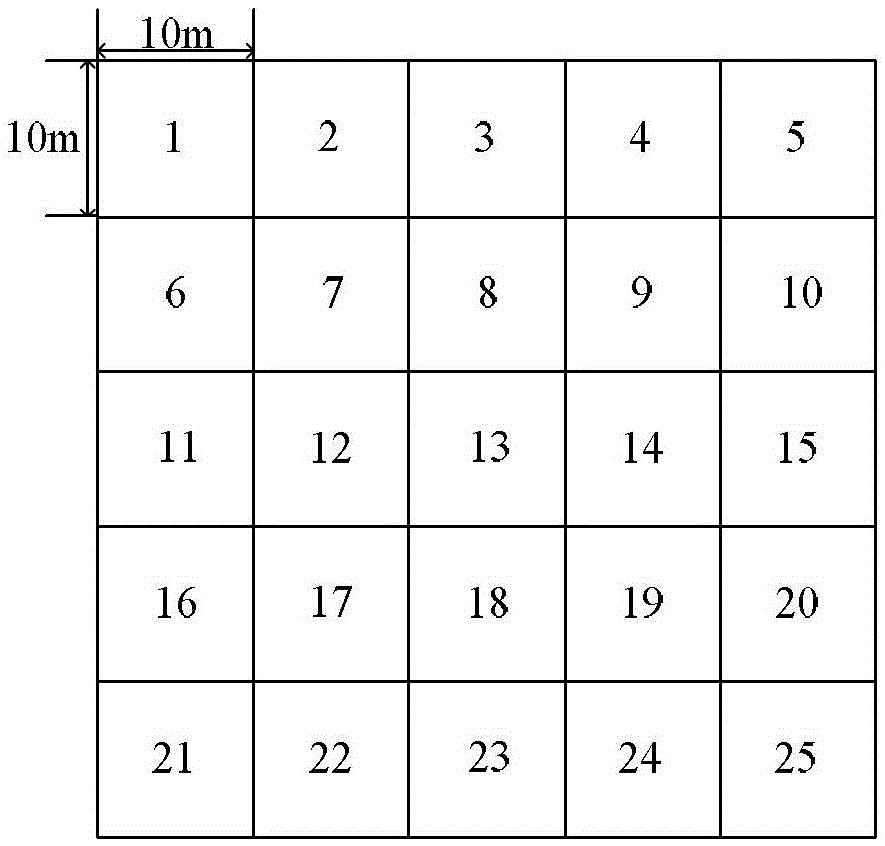A Distributed Method for Realizing Intercellular Interference Control and Energy Saving in Cellular Network
An interference control and distributed technology, applied in the distributed field, can solve the problems of central controller burden, unfavorable network expansion, large data volume, etc., and achieve the effect of ensuring fairness
- Summary
- Abstract
- Description
- Claims
- Application Information
AI Technical Summary
Problems solved by technology
Method used
Image
Examples
Embodiment Construction
[0060] The present invention will be described in detail below in conjunction with the accompanying drawings and embodiments.
[0061] In a communication system based on Orthogonal Frequency Division Multiple Access (OFDMA for short), the smallest unit that can be allocated to a user is a resource block (RB); the base station has two states, the sleep state and the fully open state, when The base station is in a dormant state, and the base station works in a low power consumption mode, only maintaining some basic functions; when the base station is fully turned on, all hardware modules of the base station are turned on to serve users. Firstly, the system throughput is mathematically modeled, transformed into a mathematical optimization problem, and then the optimization theory is used to analyze and solve it. Use the decomposition method to turn the obtained complex problem into a main problem and multiple sub-problems, and then use the projected sub-gradient method to solve t...
PUM
 Login to View More
Login to View More Abstract
Description
Claims
Application Information
 Login to View More
Login to View More - R&D
- Intellectual Property
- Life Sciences
- Materials
- Tech Scout
- Unparalleled Data Quality
- Higher Quality Content
- 60% Fewer Hallucinations
Browse by: Latest US Patents, China's latest patents, Technical Efficacy Thesaurus, Application Domain, Technology Topic, Popular Technical Reports.
© 2025 PatSnap. All rights reserved.Legal|Privacy policy|Modern Slavery Act Transparency Statement|Sitemap|About US| Contact US: help@patsnap.com



